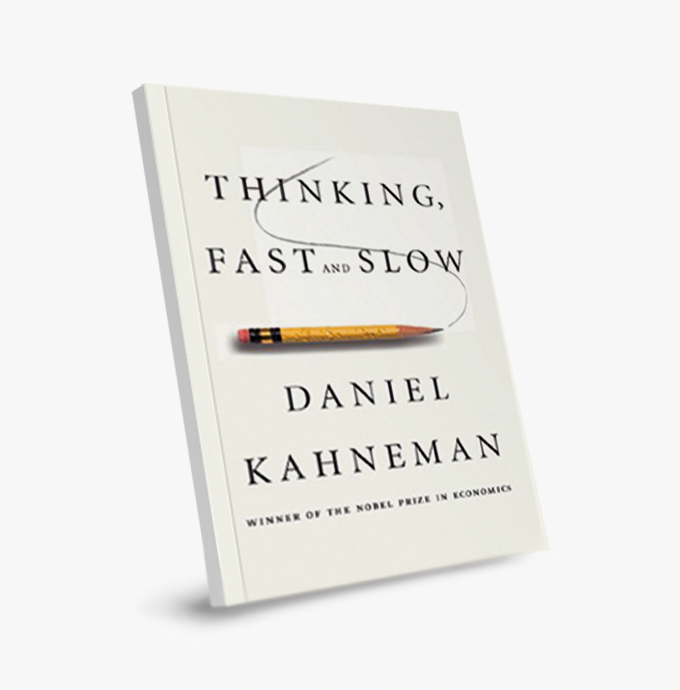

"Thinking, Fast and Slow" introduces us to the two distinct systems that govern our thought processes. System 1 operates automatically and quickly, with little or no effort, and no sense of voluntary control. It's the source of our gut reactions and intuitive judgments. System 2, in contrast, allocates attention to effortful mental activities, including complex calculations. It's the system that engages when we need to focus, plan, and reason. Understanding these systems is crucial for business leaders and entrepreneurs as it helps in recognizing the source of their decisions and the potential biases inherent in intuitive thinking.
Kahneman delves deeply into various cognitive biases that affect our decision-making. He explains concepts like the anchoring effect, where people rely too heavily on the first piece of information (the "anchor") when making decisions, and the availability heuristic, where people overestimate the importance of information that is readily available to them. These biases can significantly impact business strategies and judgments. Entrepreneurs and leaders can benefit from recognizing these biases to make more informed, rational decisions and to create strategies that account for these human tendencies.
The book introduces Prospect Theory, which shows how people choose between probabilistic alternatives that involve risk. Central to this theory is the concept of loss aversion, which suggests people feel the pain of losing more strongly than the joy of gaining. This is particularly relevant in the business world where risk assessment is crucial. Understanding loss aversion can help in everything from marketing strategies to negotiation tactics, as it's essential to understand how potential clients or partners might perceive risk and reward.
Kahneman also discusses the danger of overconfidence in our judgments. This overconfidence can lead to errors in business, such as overly optimistic forecasts or underestimation of risks. He suggests strategies to combat overconfidence, such as seeking dissenting opinions and emphasizing data over intuition. For entrepreneurs and business leaders, this serves as a reminder to question assumptions and look for evidence-based decision-making processes, fostering a more cautious approach to business planning and strategy.
The book offers practical applications for its theories, particularly in the realms of leadership and decision-making. Kahneman’s insights are invaluable for leaders in understanding their teams, improving decision-making processes, and creating more effective communication strategies. By applying the principles of "Thinking, Fast and Slow", business professionals can enhance their understanding of customer behavior, improve their negotiation and decision-making skills, and develop more robust business strategies that take into account the complexities of human thought processes.








